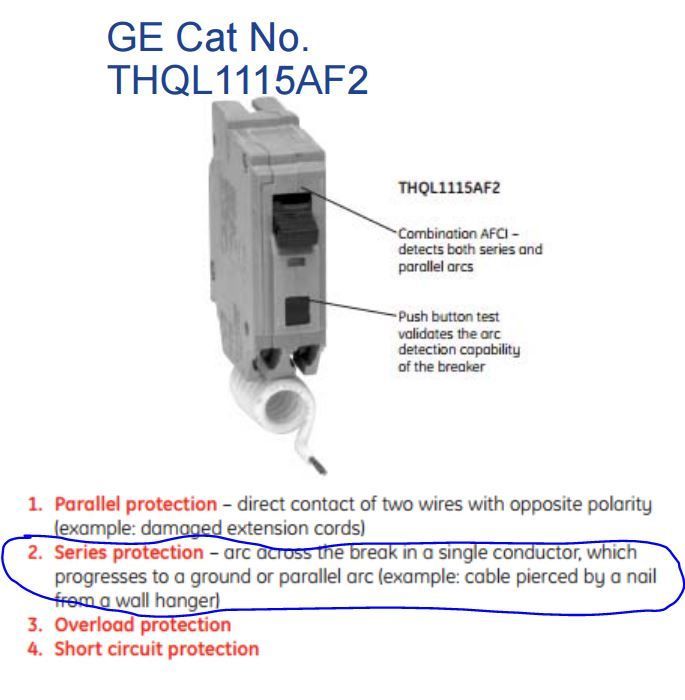mbrooke
Batteries Included
- Location
- United States
- Occupation
- Technician
Given that they are a Chinese venture, and the devices shown are specified at 220 - 240 Volt, 50 Hz, 16 - 32 Amp, I would submit that a language and regulatory hurdle must be surmounted to extract meaningful content Stateside.
I do note, with interest, that they offer an "AFCI Net Controller" that, to me, intimates a form of linking of AFCI protective devices to other devices through something akin to the Internet of Things (IoT). Each AFCI device may include WiFi capability to send and receive information. The "AFCI Net Controller" can interact will up to 99 different AFCI protective devices.
Pretty cool. Love to see that take hold here.
The original idea of the AFCI involved a central controller that could be updated via computer. If today's AFCI breakers came with a USB port electricians could down load upgraded programs via laptop or hand held tools prevent nuisance tripping. Further, you could also use the port of fault diagnostic purposes to take the guess work out.
As for that testing device, I am very curious about what algorithm is used to trip them. However I would not be to surprised if its only 50ma leakage current through the EGC.


